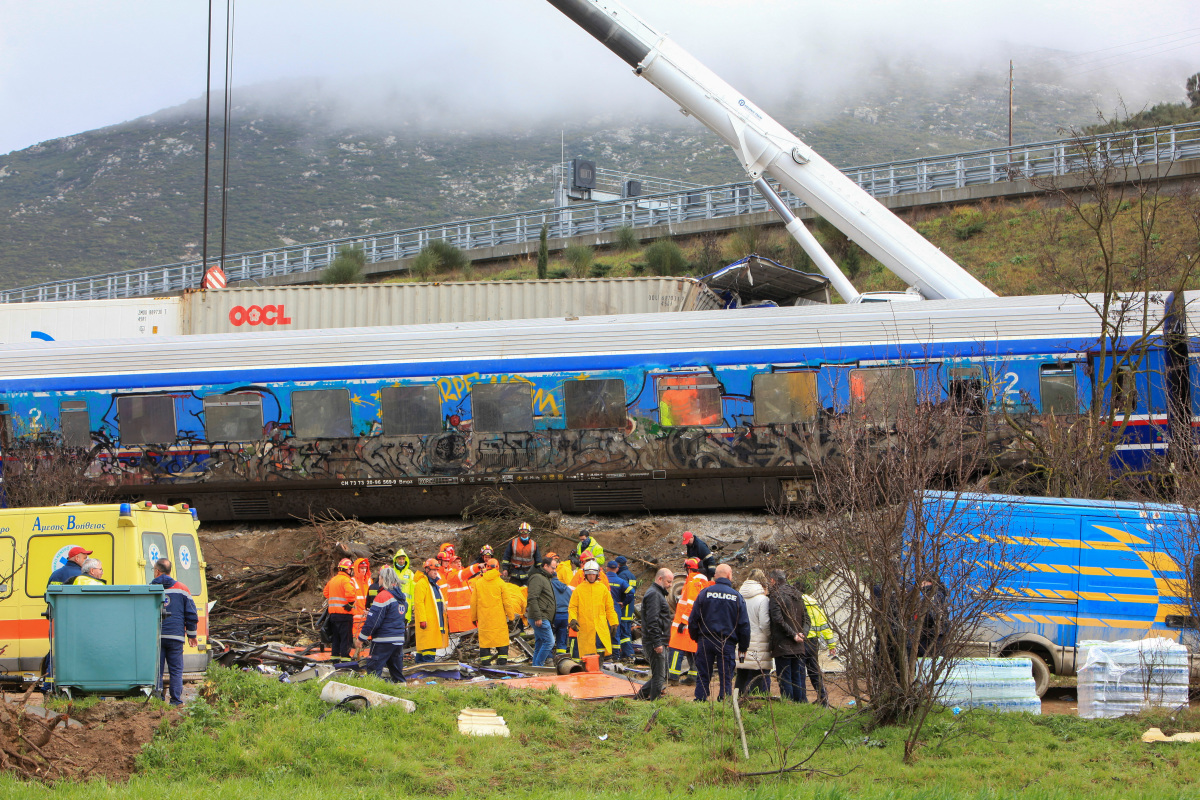The IMF (The International Monetary Fund) in its report in April 2024 had estimated India’s GDP growth to be 6.8%. In July 2024, it revised the forecast by 20 basis points to 7%. The organisation reasoned that better private consumption, especially in rural India, is responsible for this growth outlook.
Despite such favourable numbers, India, which is poised to become the third-largest economy in the world by 2029, remains a poor country. With a per capita income of US $2,730, India continues to be one of the low ranked countries in the League of Nations and the poorest among BRICS and G-20 nations. A majority of India’s 1.4 billion people continue to survive on the margins.
Perhaps, as a cure for poverty, Andhra Pradesh Chief Minister Chandrababu Naidu recently called on India’s top 10% to ‘adopt’ the bottom 20%. Addressing the Confederation of Indian Industry (CII) virtually, Mr Naidu urged the close involvement of Indian corporates in this mission. “Today, I am putting one proposal before you. Disparities are increasing day by day and there are poor people. Can you do something for them? This is where I am proposing P4 (Public Private People’s Partnership),” he said.
Inspiring leadership
In an era when divisive politics is centre-stage, politicians are seen bickering about petty issues. When welfare sans subsidy is conspicuous by its absence, Mr Naidu re-emerges with his trademark developmental politics.
Mr Naidu, in his earlier stints as chief minister, earned Hyderabad the sobriquet “Cyberabad” with his IT-focused policies. Former Karnataka chief minister SM Krishna was another politician credited with transforming Bengaluru into India’s ‘Silicon City”. Both the chief ministers left an indelible mark by bringing global IT companies into India, some sustaining a couple of generations.
While Karnataka’s decision to reserve private sector jobs for locals has triggered an outcry, in neighbouring Andhra Pradesh, Mr Naidu’s proposal of “top 10 per cent adopting the bottom 20 per cent” reflects a less insular focus.
“This is a welcome idea and can be done in different ways like sponsoring schools, university libraries, scholarships, giving endowments to educational and health institutions. Industrialist Azim Premji has donated his life-time earnings to the Azim Premji University, which does not collect donations from students,” says Professor RV Ramana Murthy, School of Economics, University of Hyderabad.
“Rich people can set up world-class institutions. Today, education is the most enduring way of poverty alleviation,” he remarks.
Vision 2047
In June, Mr Naidu silenced his critics by winning the Andhra Pradesh assembly election. He had faced a series of challenges after his defeat in the 2019 state elections. His Telugu Desam Party (TDP) was charged with corruption and Mr Naidu was arrested in September 2023. This was a huge setback for the “CEO of Andhra Pradesh” and almost ruined his image as a leader who championed development and welfare.
In 2023, Mr Naidu, in the process of reinventing and revitalising his fortunes, launched ‘Vision 2047’. The document “India, Indians and Telugus 2047”, prepared by his NGO Global Forum for Sustainable Transformation, outlined five strategies to propel India to the top of global economic rankings and position Andhra Pradesh as a leading player in India’s growth story.
The five strategies were – Indian economy as a global economy; demographic management and P4 Model of welfare; research innovation and technology leading the future; energy and its democratisation, decarbonisation and digitalisation; and a water secure India.
Mr Naidu’s faith in his five strategies is not misplaced. India is already pioneering a new model of economic development, avoiding carbon-intensive approaches, and aims to meet 50 per cent of its electricity requirements from renewable energy sources by 2030.
India faced its worst water crisis this year, with dams drying up like never before. Besides, nearly 70 per cent of the water we use is contaminated. Yale University’s 2022 unsafe drinking water index ranked India 141st out of 180 countries. This calls for urgent policy intervention at all levels.
Similarly, the flourishing tech industry has presented a unique landscape filled with unprecedented challenges and remarkable opportunities for innovative leaders who are able to anticipate future trends. A lot needs to be done here.
The P4 (Public Private People Partnership) model advocated by Mr Naidu may help tackle challenges in sectors impacting environment, culture, education, and health by involving all stakeholders, including NGOs, non-profits, think tanks, and local communities.
Taxing The Rich
Critics say the super-rich have benefited from sharp tax cuts and economic policies of the central government. The topics of wealth redistribution and inheritance tax have been making rounds, especially since the Lok Sabha election. There is a section that believes the government can ensure wealth redistribution through policies like a minimum wage, income supplements and subsidised housing, education, healthcare and social security. To pay for this, businesses and wealthy individuals must be taxed.
“India is a crorepati-friendly country. Rich people are taxed more heavily in the US and Canada than in India. It is well known that the policies of liberalisation and privatisation that have been implemented over the last few decades have contributed to the disparity between the rich and the poor in India. These policies had the fervent support of Chandrababu Naidu,” says Professor M Channa Basavaiah, Osmania University, Hyderabad.
He cautions, “Mr Naidu’s appeal that the top 10% adopt the bottom 20% in order to close the gap should be regarded cautiously. If he is truly concerned, he should look into the reasons behind the growing wealth and poverty gaps, develop policies, and put them into action.”
A major feature of TDP’s Andhra Pradesh win was the ‘Super Six’ promises that Mr Naidu and his party made to voters. They included creating 20 lakh jobs along with a range of freebies such as an unemployment allowance, free bus travel for women, free gas cylinders per year and Rs 20,000 investment support for farmers per year, Rs 15,000 a year to all schoolchildren and Rs 1,500 per month to all women between 19 and 59 years of age.
These require a huge infusion of funds, for which Mr Naidu is depending on the Centre. Andhra Pradesh is already under a debt burden of over Rs 13 lakh crore, mainly due to the freebies doled out by the previous YS Jagan Mohan Reddy government.
Not only Telugus, the country will watch how Mr Naidu manages to walk the talk.






